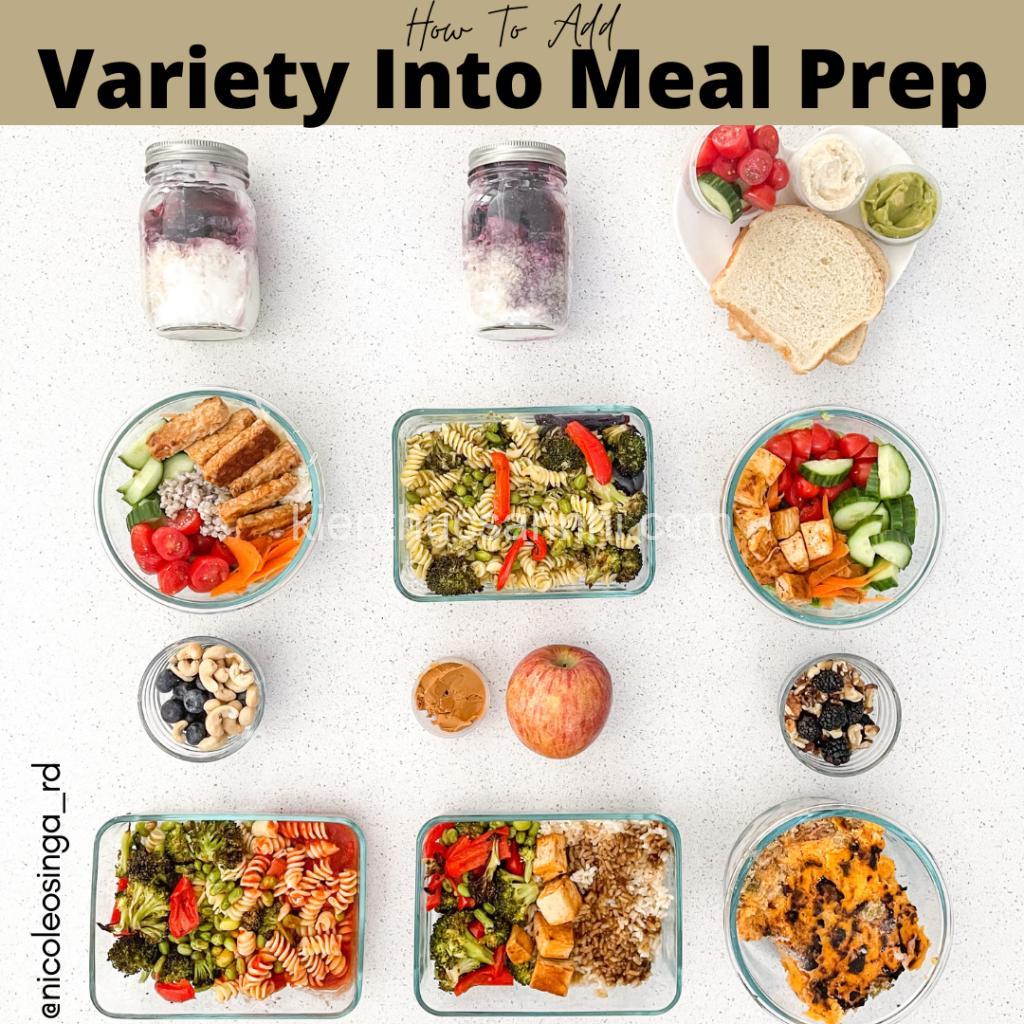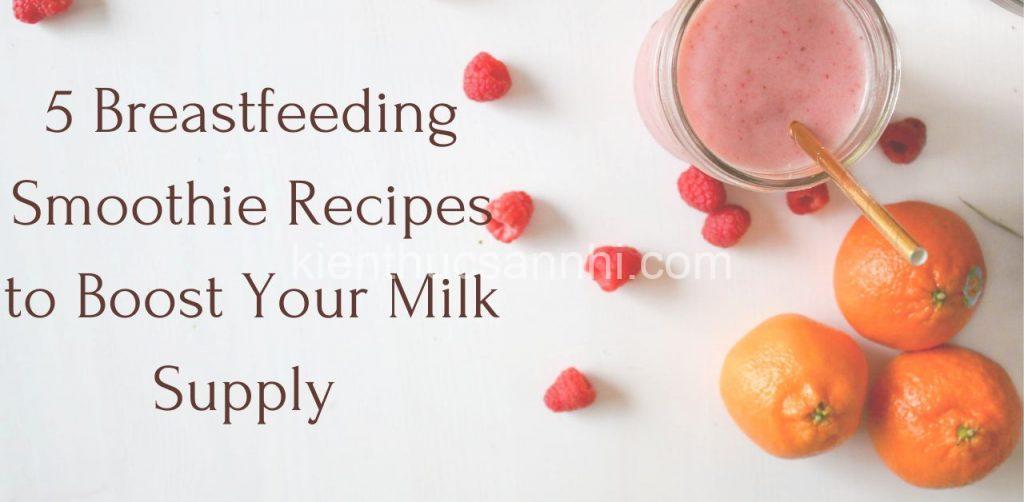
Meal Prepping: Save Time & Eat Healthy | Kienthucsannhi.com. In today’s article, kienthucsannhi.com will explore with you in the most detailed and complete way. See now!
Mastering the Art of Meal Prepping: A Time-Saving Guide
Meal prepping is simply the process of preparing meals in advance. This can involve batch cooking large quantities of a single dish, assembling individual portions, or a combination of both. By dedicating a few hours to preparing your meals ahead of time, you can significantly reduce cooking time during the week, save time on grocery shopping, and avoid last-minute decision fatigue at mealtime.
Meal prepping is all about maximizing efficiency and organization. By planning ahead, you’ll be better equipped to make healthy choices, stay on budget, and reduce food waste.

Crafting Your Meal Prepping Strategy: Planning for Success
Before diving into meal prepping, take some time to create a strategic plan. This will ensure you’re setting yourself up for success and maximizing the benefits of this time-saving approach.
Define Your Goals and Preferences
First, consider your dietary needs and preferences. Do you have any allergies or intolerances? Are you vegetarian, vegan, or gluten-free? Do you prefer specific types of cuisines or flavors? Knowing your preferences will help you choose recipes you’ll actually enjoy.
Next, decide how many meals you want to prep and what types of meals you’ll focus on. Would you like to prep breakfasts, lunches, dinners, or a combination of all three? Be realistic about how much time and energy you can realistically dedicate to meal prepping.
Creating a Weekly Meal Plan
With your goals in mind, create a weekly meal plan that includes a variety of healthy and flavorful recipes. Look for recipes that can be easily adapted for multiple meals, such as batch cooking a large pot of lentil soup for multiple lunches or roasting a chicken for a variety of dinner dishes.
Aim for a balance of macronutrients, including protein, carbohydrates, and healthy fats. This will help you stay satiated, energized, and maintain a healthy weight.
Building Your Grocery List
Once your meal plan is finalized, create a comprehensive grocery list based on your chosen recipes. This will help you avoid impulse purchases and ensure you have all the necessary ingredients on hand.
Consider purchasing some staples in bulk to save money and reduce the frequency of grocery trips. Always double-check your pantry and refrigerator before heading to the store to minimize waste. Using a grocery list app or a physical list can be helpful for organization.
Unlocking Time-Saving Techniques: Efficient Meal Prepping Methods
Meal prepping offers a variety of techniques, each with its own benefits and applications. Explore these options and find what works best for your lifestyle:
Batch Cooking
Batch cooking involves preparing large quantities of a single dish. This method is particularly effective for recipes like soups, stews, grain bowls, and casseroles that can be easily stored and reheated. By preparing a large batch, you can enjoy multiple servings throughout the week.
Here are some tips for batch cooking:
- Choose recipes with similar cooking times to streamline the process.
- Use large pots and pans to accommodate larger quantities.
- Double or triple the recipe to maximize your time investment.
- Store in airtight containers and label them with the date and contents.
Individual Portioning
Individual portioning involves assembling complete meals in advance. This method is ideal for meals that can be easily portioned, such as salads, wraps, and meal prep containers. Individual portions are convenient for grab-and-go meals, and they promote portion control.
Here are some tips for individual portioning:
- Choose recipes that are easy to assemble, such as salads with pre-cooked proteins or wraps with various fillings.
- Use portion-sized containers to avoid overeating.
- Label containers clearly with the meal name and date.
- Consider freezing individual portions for later consumption.
Hybrid Approaches
You can also combine batch cooking and individual portioning for a flexible approach. For example, you might batch cook a large pot of chili and then portion it out into individual containers for quick and easy lunches. Or, you might roast a chicken and then use it for salads, wraps, or sandwiches throughout the week.
Experiment with different combinations to find what works best for you.
Optimizing Your Kitchen Arsenal: Tools for Success
The right tools can make meal prepping a breeze! Investing in a few key items can streamline the process and make it more enjoyable.
Food Storage Containers
Choosing high-quality containers is essential for proper storage and reheating. Glass containers are a durable and reusable option, but they can be heavier and more prone to breakage. Plastic containers are lightweight and convenient, but some may contain BPA, which can be harmful to health. Stainless steel containers are a durable and eco-friendly alternative, but they can be more expensive.
Consider the size and shape of the containers based on the type of meals you’ll be prepping. Choose airtight containers to prevent leaks and maintain freshness.
Essential Kitchen Equipment
A few essential kitchen tools can save you time and effort:
- Food Processor: A food processor is invaluable for quickly chopping vegetables, making dips, and blending sauces.
- Blender: A blender is perfect for making smoothies, soups, and dips.
- Slow Cooker: A slow cooker is ideal for preparing stews, soups, and pulled meats with minimal effort.
- Baking Sheets: Baking sheets are essential for roasting vegetables, chicken, or fish.
- Large Mixing Bowls: Large mixing bowls are helpful for combining ingredients and preparing large batches.
Organization and Labeling
Organization is key to successful meal prepping. Here are some tips for keeping your meals organized and easy to access:
- Label containers clearly: Use permanent markers to label containers with the meal name, date, and any reheating instructions.
- Use a meal prepping organizer: Consider using a meal prepping organizer to track your meals and leftovers.
- Store meals strategically: Store meals in the refrigerator or freezer in a way that allows easy access.
- Use a calendar system: Mark your meal prepping schedule on a calendar to stay on track.
Meal Prepping Tips and Tricks for Maximum Efficiency
Here are some additional tips and tricks to maximize your meal prepping success:
Start Small and Gradually Increase Complexity
Begin by prepping a few simple meals per week and gradually increase the number of meals you prepare as you gain experience and confidence. Don’t be afraid to start with easy recipes and build from there.
Multitasking and Utilizing Downtime
Use downtime, such as weekends or evenings, to prep ingredients in advance. Multitask by chopping vegetables while listening to music or podcasts, or use a slow cooker to cook meals while you’re busy with other tasks.
Creative Leftover Transformations
Don’t waste leftover ingredients! Get creative and turn leftovers into new dishes. For example, you can turn roasted vegetables into a soup or use leftover chicken in a salad or sandwich.
Embrace Experimentation and Personalization
Experiment with different recipes, flavors, and techniques to find what works best for you. Don’t be afraid to try new things and customize recipes to meet your preferences.
Beyond the Basics: Advanced Meal Prepping Techniques
For those looking to take meal prepping to the next level, here are some advanced techniques:
Freezing for Future Use
Freezing prepped meals is a great way to save time and have meals on hand for busy nights. Properly freezing and reheating meals can preserve quality and taste.
- Use freezer-safe containers or bags to store meals.
- Label containers clearly with the meal name, date, and reheating instructions.
- Thaw frozen meals in the refrigerator overnight or microwave for a quicker thaw.
- Reheat frozen meals in the oven, microwave, or stovetop.
Meal Prepping for Special Dietary Needs
If you have specific dietary needs, such as vegetarian, vegan, or gluten-free, you’ll need to adapt your meal prepping accordingly.
- Research recipes and ingredients carefully to ensure they meet your dietary restrictions.
- Use readily available ingredients and pre-made products to streamline the process.
- Consider seeking out resources tailored to your specific dietary needs.
Unlocking a Healthier and Happier Lifestyle with Meal Prepping
Meal prepping can have a profound impact on your health and well-being.
Improved Health and Wellness
By prepping meals in advance, you’ll be better equipped to make healthy choices and avoid unhealthy takeout meals. You’ll also be able to control portion sizes and incorporate a variety of nutrient-rich ingredients.
Enhanced Time Management and Stress Reduction
Meal prepping can significantly reduce stress related to meal planning and cooking. By taking a few hours to prepare meals ahead of time, you’ll free up your evenings for relaxation, socializing, or pursuing other activities.
Increased Flexibility and Enjoyment
Meal prepping provides greater flexibility in your schedule. You’ll be able to enjoy spontaneous outings or last-minute plans without worrying about cooking. This can lead to greater enjoyment and satisfaction in your personal life.
Beyond the Kitchen: Meal Prepping for a Sustainable Lifestyle
Meal prepping can also be a great way to embrace a more sustainable lifestyle.
Minimizing Food Waste
By planning and prepping meals efficiently, you can reduce food waste and its negative environmental impact. This can save you money and help protect the planet.
Embracing Sustainability
Consider using reusable containers and avoiding single-use packaging. Choose sustainable options for your ingredients, such as buying locally grown produce and sustainably sourced proteins.
Meal Prepping for a Budget
Meal prepping can be a cost-effective way to eat healthy. By preparing meals at home, you can avoid the expense of takeout and restaurant meals. You can also save money by using pantry staples and maximizing the use of ingredients.
Community and Inspiration
Connect with others who share your passion for meal prepping!
Online Resources
There are countless online resources available to provide inspiration, tips, and recipes. Explore websites, blogs, and social media accounts dedicated to meal prepping.
Meal Prepping Groups and Forums
Join online groups or forums to connect with other meal prepping enthusiasts. Share tips, ideas, and recipes, and learn from each other’s experiences.
Meal Prepping Classes and Workshops
Consider taking a meal prepping class or workshop to learn from experienced chefs and educators. These classes can provide hands-on instruction and valuable insights.
Conclusion
Meal prepping is a powerful tool for transforming your relationship with food and creating a healthier, happier, and more sustainable lifestyle. By planning ahead, making mindful choices, and embracing the benefits of efficiency and organization, you can unlock the transformative power of meal prepping.
If you’re ready to embark on your meal prepping journey, I encourage you to explore the wealth of information available on kienthucsannhi.com. Share your meal prepping tips, recipes, or questions in the comments below. I would love to hear from you!
Michael David Smith
Animal Lover & Founder of kienthucsannhi.com
FAQs
How can I save time on meal prepping?
There are several ways to save time on meal prepping:
- Use shortcuts. Purchase pre-chopped vegetables, pre-cooked grains, or rotisserie chicken to save time on prep work.
- Multitask. Use downtime to chop vegetables, prepare marinades, or cook large batches of grains or protein.
- Utilize kitchen tools. Invest in tools like a food processor, blender, or slow cooker to streamline the process.
- Plan for leftovers. Prepare extra portions of meals and use leftovers for future meals.
What types of meals are best for meal prepping?
Any meal that can be easily stored and reheated is suitable for meal prepping. Here are some ideas:
- Soups and stews: Batch cooking soups and stews is a great way to get multiple meals from one recipe.
- Salads: Salads can be assembled in advance and stored in airtight containers.
- Grain bowls: Grain bowls can be customized with a variety of toppings, such as protein, vegetables, and sauces.
- Quinoa or rice dishes: These can be cooked in advance and reheated with different toppings.
- Roasted vegetables: Roasted vegetables can be stored in the refrigerator or freezer for later use.
How long do meal prepped meals last in the refrigerator?
Most meal prepped meals can last in the refrigerator for 3-5 days. However, it’s always best to check the specific storage recommendations for each recipe.
What are some meal prepping tips for beginners?
Here are some tips for beginners:
- Start small. Begin by prepping a few simple meals per week and gradually increase the number of meals as you gain confidence.
- Choose recipes you enjoy. Prepare meals that you’ll actually want to eat, so you’re more likely to stick with your meal prepping routine.
- Use leftovers creatively. Don’t waste leftovers! Turn them into new dishes to stretch your meal prep investment.
- Be organized. Label containers clearly and store meals in a way that allows easy access.
- Have fun! Meal prepping should be enjoyable. Experiment with different recipes and find what works best for you.
What are the benefits of meal prepping?
Meal prepping offers numerous benefits, including:
- Saving time. Meal prepping reduces cooking time during the week and simplifies meal planning.
- Eating healthier. Meal prepping encourages you to make healthier choices and control portion sizes.
- Improving flexibility. Meal prepping provides flexibility in your schedule and allows you to enjoy spontaneous activities.
- Saving money. Meal prepping can be a cost-effective way to eat healthy.
- Reducing food waste. Meal prepping helps you avoid throwing away excess food.
EAVs:
- Meal | Type | Breakfast, Lunch, Dinner
- Recipe | Preparation Time | 30 minutes, 1 hour, etc.
- Ingredient | Quantity | 1 cup, 2 tbsp, etc.
- Container | Material | Glass, Plastic, Stainless Steel
- Meal | Serving Size | 1, 2, 4
- Recipe | Dietary Restriction | Vegan, Vegetarian, Gluten-Free
- Meal | Flavor Profile | Spicy, Sweet, Savory
- Ingredient | Cost | $1, $5, etc.
- Meal | Storage Duration | 3 days, 1 week, etc.
- Container | Size | Small, Medium, Large
- Recipe | Difficulty Level | Easy, Moderate, Difficult
- Meal | Meal Prepping Method | Batch Cooking, Individual Portions
- Recipe | Cuisine | Italian, Mexican, Asian
- Ingredient | Seasonality | Spring, Summer, Fall, Winter
- Meal | Nutritional Value | Calories, Protein, Carbohydrates, Fat
- Recipe | Source | Cookbook, Website, Blog
- Meal | Flavor | Sweet, Savory, Spicy, etc.
- Ingredient | Origin | Local, Imported
- Meal | Occasion | Weeknight, Weekend, Special Event
- Recipe | Reviews | 4 stars, 5 stars, etc.
EREs:
- Meal | Contains | Ingredient
- Recipe | Includes | Ingredient
- Meal | Is Prepared Using | Technique (e.g., Batch Cooking, Slow Cooker)
- Meal | Is Stored In | Container
- Recipe | Belongs To | Cuisine
- Meal | Serves | Person
- Recipe | Has | Preparation Time
- Meal | Has | Dietary Restriction
- Ingredient | Has | Nutritional Value
- Meal | Has | Flavor Profile
- Meal | Has | Occasion
- Recipe | Has | Difficulty Level
- Meal | Has | Storage Duration
- Recipe | Has | Reviews
- Ingredient | Has | Cost
- Recipe | Is From | Source
- Ingredient | Has | Seasonality
- Meal | Has | Theme (e.g., Mediterranean, Mexican)
- Recipe | Has | Flavor Profile
- Meal | Is Part Of | Meal Plan
Semantic Triples:
- (Meal, Has, Flavor Profile)
- (Recipe, Includes, Ingredient)
- (Ingredient, Has, Nutritional Value)
- (Meal, Serves, Person)
- (Recipe, Has, Preparation Time)
- (Meal, Is Stored In, Container)
- (Recipe, Is From, Source)
- (Meal, Has, Occasion)
- (Ingredient, Has, Cost)
- (Meal, Is Prepared Using, Technique)
- (Recipe, Has, Difficulty Level)
- (Meal, Has, Dietary Restriction)
- (Ingredient, Has, Seasonality)
- (Recipe, Has, Flavor Profile)
- (Meal, Has, Theme)
- (Meal, Has, Storage Duration)
- (Recipe, Has, Reviews)
- (Meal, Is Part Of, Meal Plan)
- (Recipe, Belongs To, Cuisine)
- (Meal, Contains, Ingredient)





